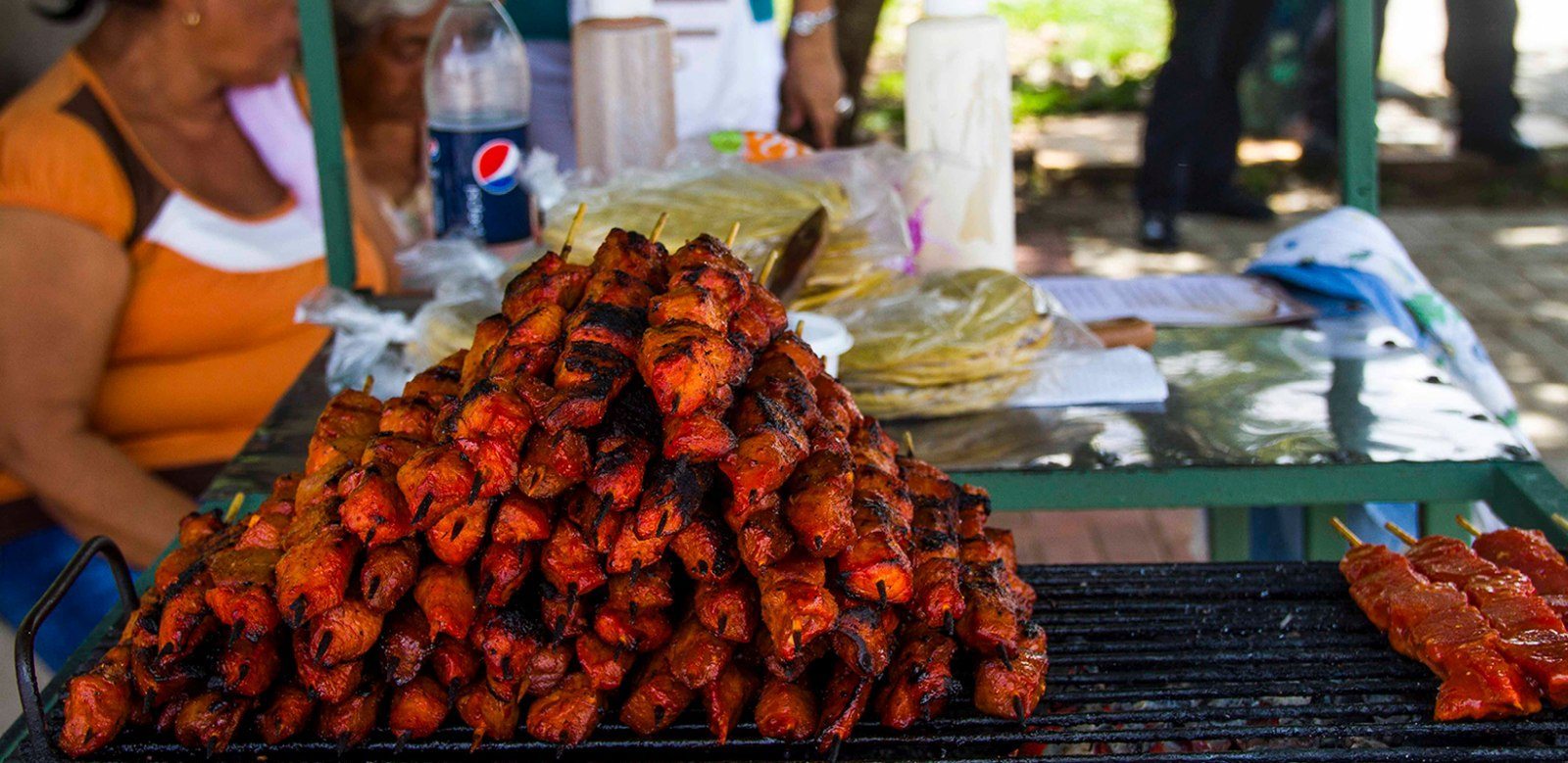
It’s undeniable: The aroma of cooking meat coming from mobile food carts is tempting. But have you ever stopped to think of the implications of eating a kebab that appears to be innocent-looking enough?
We’ll start by defining cross-contamination: It’s when microorganisms are transferred from one food item or surface to another. For example, cross-contamination occurs when people preparing food go to the bathroom and don’t wash their hands, or at least not adequately, then continue preparing food.
Food carts are the best example of cross-contamination, because vendors don’t have a sink available with antibacterial soap, which would guarantee their hands are clean. After handling customers’ money, they’re touching raw meat and utensils.
Storing raw meat is another crucial element in contamination, because there is no refrigerator with the necessary conditions to keep meat below 5˚C. In the best case, there might be a cooler with ice on the bottom, upon which the meat is placed to keep it cold. But by the end of the night, what’s left is a cooler with a bag or a container with raw meat sitting in water of questionable potability.
Foods can have three types of contamination: physical, chemical or biological. Meat kebabs are susceptible to any of these three methods of contamination, because grills are on the street without any type of protection. It only takes one car passing by for exhaust to fall on the food and cause chemical contamination. If an insect or dust falls on the meat, it’s called physical contamination.
Biological contamination happens when a microorganism that causes illness reaches the meat. For example, when we speak we emit microscopic drops of saliva that become a vehicle for bacteria from the mouth. Vendors often shout to hawk their food to passersby, and they could be contaminating their meat without even noticing.
Another form of contamination is via a customer’s own hands. To eat kebabs we use our hands without considering the importance of washing them first.
Eating contaminated food can be a bad experience, with symptoms including stomachaches, vomiting, diarrhea, fevers and headaches. Those symptoms can be relieved at home through hydration and rest. Other problems include parasites or a more serious illness that requires hospitalization.
There are many food-borne illnesses. Among them are: hepatitis A, botulism, gastroenteritis and hemorrhagic colitis, among others. That’s why it’s important to get serious about proper handling of the food you consume. Observe and be critical when it comes to your food.







Comments